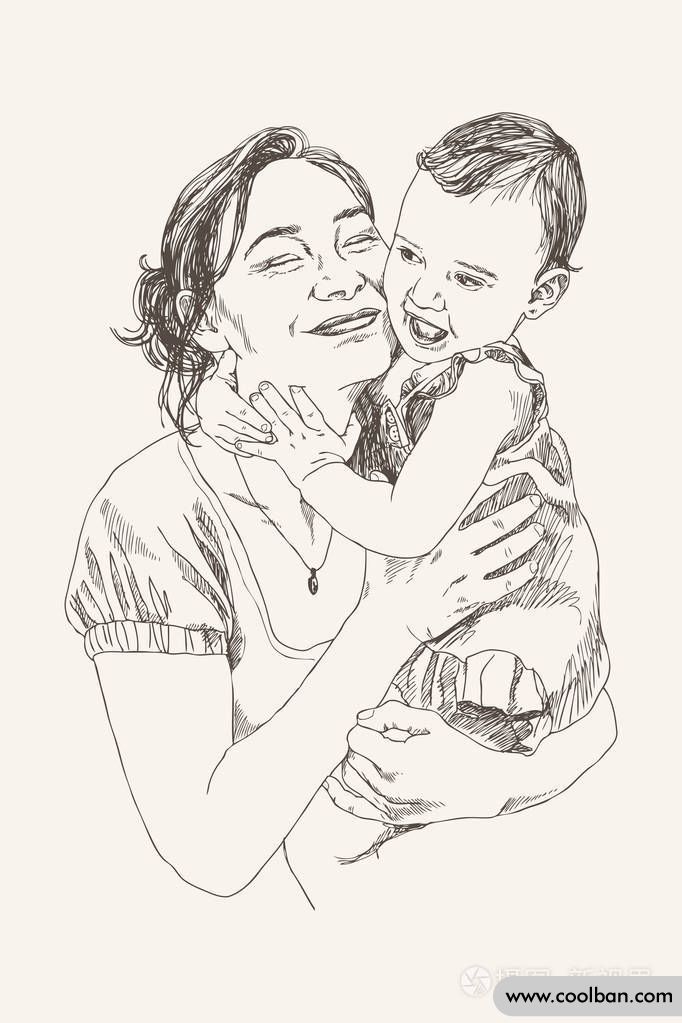Can urinary leakage in women be improved?
Recently, the problem of urinary incontinence among married women has attracted public attention. The occurrence of urinary incontinence is related to a woman's age, weight, pregnancy, and lifestyle.
Urinary incontinence is a disease in which a person loses control of urination and causes urine to flow out on its own. Simply put, it is leaking urine.
Urinary incontinence is more common in elderly people. About 40% of women over the age of 50 can experience urinary incontinence, and even as high as 60% of women over the age of 60, which may be related to the decreased level of estrogen secretion, leading to pelvic floor muscle dysfunction.
Postpartum urinary incontinence is also more common. For primiparous women, the incidence of postpartum urinary incontinence is about 4.6%, and the incidence of postpartum urinary incontinence in multiparous women is relatively slightly higher, about 8.7%. And the more the number of deliveries, the older the mother, the higher the weight, the heavier the baby, the easier it is to cause postpartum urinary incontinence.
Postpartum urinary incontinence, especially stress urinary incontinence, is the most common. The main manifestation is often increased abdominal pressure, such as leakage of urine when laughing hard, coughing, sneezing, and lifting heavy objects, but it is normal in the resting state.

For women with urinary incontinence, life, work, social interaction, etc. will be affected to a certain extent, so how can we effectively avoid this impact?
Generally speaking, if the degree of urinary incontinence is mild, the damage to assess muscle tone is small, and the muscle fiber function is slightly affected. Generally, urinary incontinence can be mostly recovered with Kegel training, vaginal dumbbell training, and some lifestyle adjustments.
1. Kegel training
Kegel training is to allow us to properly contract the pelvic floor muscles. For example, when you are urinating, you suddenly hold back, and the muscles that contract at this time are the pelvic floor muscles.
Generally, you must first find the feeling of holding back your urine, contract for 5-10 seconds, then relax for 5-10 seconds, and perform cross-over, a total of 20-30 minutes, and insist on doing it every day, once in the morning and once in the afternoon.
It should be noted that the training should be started 42 days after the woman's postpartum, after the lochia has been discharged.

Second, vaginal dumbbell training
Vaginal dumbbell training is to put an expandable or shrinkable sphere like a dumbbell into the female vagina to indirectly help the contraction of the pelvic floor muscles and restore the function of the pelvic floor muscles.
But a reminder, vaginal dumbbells need a professional doctor to judge whether they can be applied in combination with the postpartum vagina and pelvic floor of women. The selection and exercise of specific sizes should also be carried out under the guidance of doctors. Therefore, postpartum women are not advised to buy their own exercise at will.
3. Biofeedback electrical stimulation therapy
If the above methods don’t work well, or if you don’t have a good grasp of Kegel training, and you don’t know how the muscles are contracting and when they should relax, you can use biofeedback electrical stimulation therapy to help them contract with electrical stimulation.
Biofeedback electrical stimulation therapy can be performed after 42 days postpartum, after the lochia has been discharged, and the pelvic cavity and uterine state have basically recovered. Generally, 10 days is a course of treatment. After one course of treatment, rest for 10-20 days, and then carry out the second course of treatment.
Fourth, lifestyle adjustment
Women should pay attention to controlling the weight of their children when they are pregnant, preferably not more than 6 pounds.
42 days after delivery, go to the hospital for pelvic floor muscle assessment in time, and try not to bear weight in daily life. Obese people should lose weight, and smokers should quit smoking. In addition, if non-surgical treatment is ineffective, some surgical methods can be used to help.
